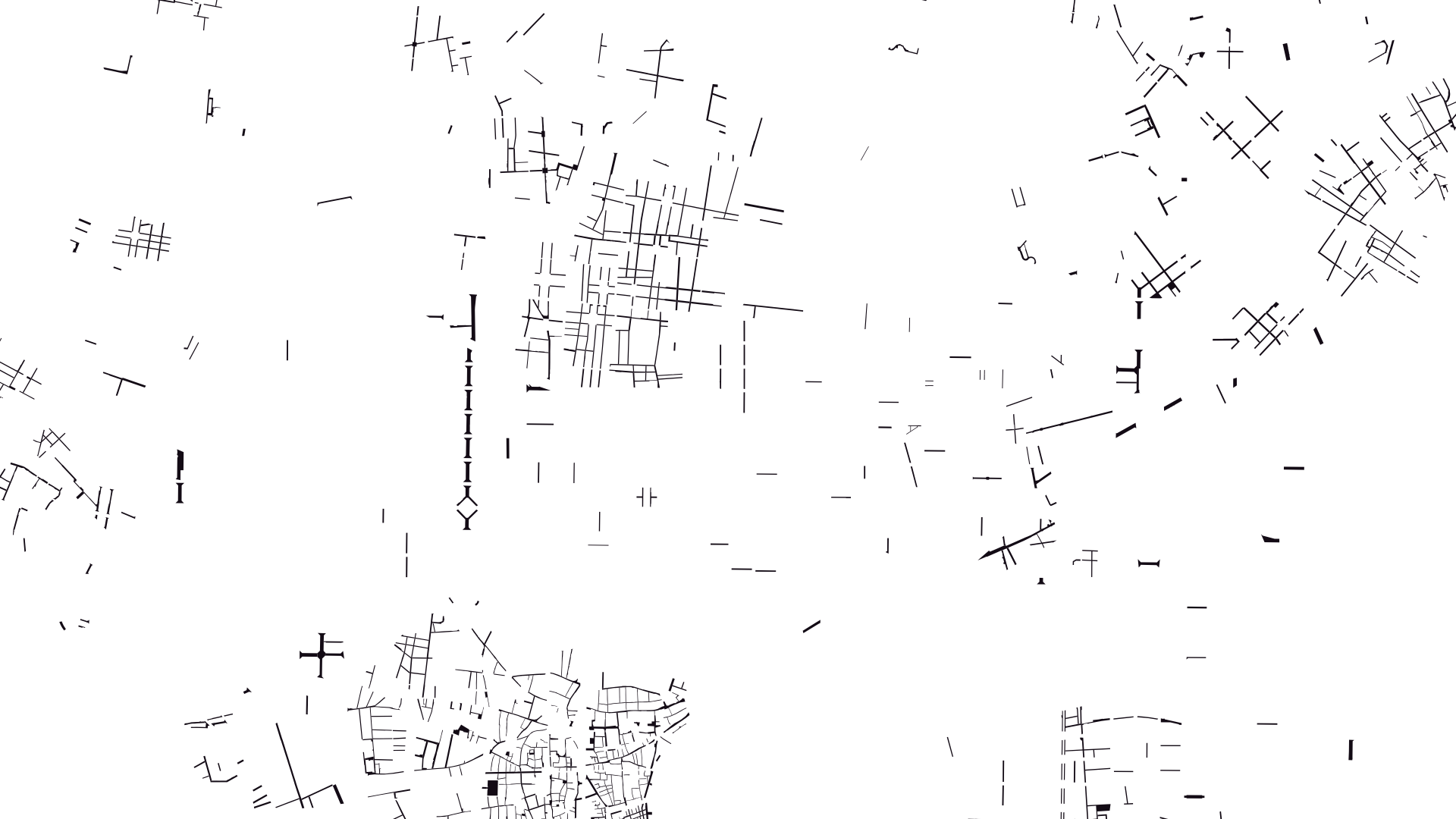Pedestrian
Priority
Safe, sustainable and connected mobility: identification of pedestrian itinerary network in Barcelona metropolitan area.
2020 locationBarcelona, Catalunya collaborationStrategic Planning Department, Barcelona Metropolitan Area keywordsCity, Movility, Public space technologyData analysis and visualization, Spatial Data Infraestructure

Pedestrian priority spaces in Barcelona metropolitan area.
In the current context, urban mobility aims at considering sustainability criteria that favor environmental protection and social cohesion. To this end, new sustainable mobility policies are being incorporated, including the creation of pedestrian itinerary networks that guarantee comfortable and safe pedestrian mobility in the city.
Mapping walkability is essential to understand the city as a complex system of interconnected elements. For this reason, we design the inverted priorities spatial data infraestructure of Barcelona metropolitan area. The result is a cartography showing the roads that meet the criteria of single platform, limited speed, and prohibited parking, as well as the pedestrian areas of the historic fabrics where the movement of vehicles is restricted to residents, services, and loading and unloading areas.

Heatmap of the pedestrian itinerary networks in Barcelona metropolitan area.
According to the database, only 1,90% of the road infrastructure in Barcelona metropolitan area gives priority to pedestrians, and in the city of Barcelona, the value increases a little bit to 4,50%. The analysis has been transferred to the scale of metropolitan statistical areas and we compute the Inverted Priorities Indicator, which shows the percentage of square meter of the road network where pedestrians have priority over cars.

Inverted Priorities Indicator in each statistical area in Barcelona metropolitan area.
According to the results, the neighborhood with the largest area of pedestrian streets is Vila de Gracia with 35,15%, followed by Gòtic with 28,33%, Raval with 27,15% and Sant Pere with 22,54%. On the other side, there are 15 neighborhoods that do not have any streets with inverted priorities, where El Parc i La Llacuna stands out due to its proximity to the city center. The routes with inverted priority are concentrated in the most emblematic neighborhoods —Raval, Gotic, Born, Gracia—, though this network of pedestrian itineraries is disconnected in the Eixample due to its dense fabric and the presence of cars.